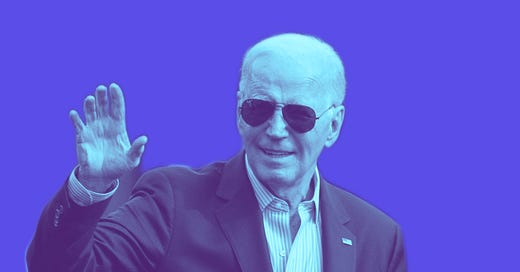
Last week, Benedict Carey of the New York Times reported on a recent study (conducted by political scientists from three universities) that provides some insight into the effect that fabricated stories from phony news sites had on the 2016 election. The findings, derived in large part from the web-browser histories of over 2,500 adults, were interesting.
Some highlights:
One out of every four participants saw at least one false story in the four weeks prior to election-day.
80% of the bogus articles on these sites favored Donald Trump.
The most conservative 10% of the study's participants accounted for 65% of the visits to fake news sites.
Trump supporters were roughly three times more likely than Clinton supporters to visit phony news sites promoting their candidate.
At first glance, these results would appear to lend credence to the notion that fake news stories played a significant role in Trump's election win.
But not so fast.
The study also revealed that even the most ambitious consumers of fabricated news absorbed far more real news (from online newspapers, network websites, etc.). Only six percent of the overall news consumption of Trump voters came from phony news sites. For Clinton voters, it was just one percent.
Personally, I'm not surprised by this. I've long believed that these sites did more damage culturally than electorally, sparking endless social-media arguments (many of them between friends and family), but not changing the voting preferences of all that many people. Donald Trump didn't win the presidency because of a few hundred mock news sites. He won because his opponent was Hillary Clinton.
With that being said, I think the scope of the study falls short in its determination of how people consume online news. It's a mistake to measure information consumption only by page visits (the act of actually opening a web-page in a browser). You also have to factor in that page's social-media reach.
What do I mean by social-media reach? Let me give you an example.
Once the column you're reading right now is published on BernardGoldberg.com, it will be shared by me on multiple social-media platforms. When that happens, the piece's linked headline (along with a short excerpt from the piece) will appear on the Facebook feeds and Twitter timelines of people who follow me. Some of those people will click on the link to read the column. Some won't. Either way, they will have seen the headline, thus my column will have reached them.
Now imagine, that I had used a differently worded headline — something that delivers a definitive, eye-opening (but demonstrably false) statement like this: "New Poll Shows Trump at 55% Approval".
I guarantee that a lot of fervent Trump supporters would share a social-media post like that without bothering to click on the accompanying link. The same would be true for a number of liberal individuals, had the headline read: "Obamacare Has Cut National Debt by Trillions".
Partisans who are active on the Internet tend to share messaging that confirms their political biases, often in a reflexive manner. Thus, false stories can (and regularly do) spread like wildfire in a very short period of time, without much regard to their legitimacy.
A powerful headline is often all it takes to make a story go viral. And during the 2016 election, Russian bots had a lot of help from American voters in advancing false information.
The significance of this drive-by method of news consumption (which wasn't factored into the study described above) can not be underestimated, because it is ingrained in the culture of how we process information. If you don't believe me, take some time to read the social media responses to legitimate news pieces — factual articles published by major news organizations. Most people are replying to the headlines (not the actual content of the articles), and many of those replies reveal quite clearly that the commenters did not, in fact, read the articles. The same is true with opinion columns (believe me, I see it with my own work quite frequently).
Now, consider that during the 2016 election cycle, over 100 million people are estimated to have been presented with fake news (in one form or another) by Russian troll farms. And that was just through Facebook alone.
A true measure of Russia's propagandist efforts, both in our election and our politics moving forward, must take into account multiple components: website content, social-media reach, paid advertising, troll accounts, etc. All are part of the formula, and all pose a potential threat to our electoral process.
Unfortunately, even if we gain a better grasp of the situation, and come to better understand the effects of these methods on the American psyche, addressing the problem comes with its own challenges — both logistically and philosophically.
I suppose that's a topic for a future column.











